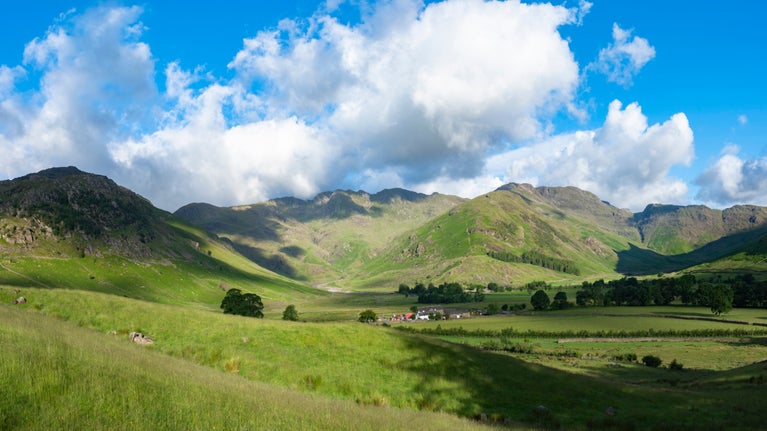The main aims of the project are:
- Nature recovery and conservation: creating diverse new habitats so wildlife can thrive
- Regenerative farming: more environmentally friendly and sustainable practices
- Better access to nature: larger, more varied green space with improved access
- Involving people: volunteer opportunities, community projects and visitor engagement
- Responding to climate change: increased carbon capture and resistance to extreme weather
The work so far
Back in 2021, we began converting 27 hectares of farmland into wood pasture, grassland and tree plantations. We also appointed our farming partner to help us care for our farmland using soil and nature soil friendly, regenerative techniques. The outcomes are apparent in a greater variety of wildflowers and larger areas of grassland for our cattle. We have also established a home herd of rare breed Sussex cattle. The cattle are natural custodians of our parkland who thrive in the outdoor conditions of the South Downs landscape.
In 2024, our focus fell upon woodland creation and tree planting. We have welcomed numerous community groups and families to join us in planting 34,000 new trees including oak, field maple, crab apple and holly. In addition to creating the new woodland, our volunteers regularly survey the impact of our work – discoveries have been made including the presence of number of barn owls, angle shades caterpillars, wasp spiders and woodlark.
Regenerative practices are now in place to improve the soil in the fields where farming will continue and our appointed our farming partner will help us to care for our farmland using soil and nature soil friendly, regenerative techniques.
If you wish to get involved in future tree planting days, please email us: hintoncountryside@nationaltrust.org.uk We intend to run future tree planting days from Autumn 2025.




























